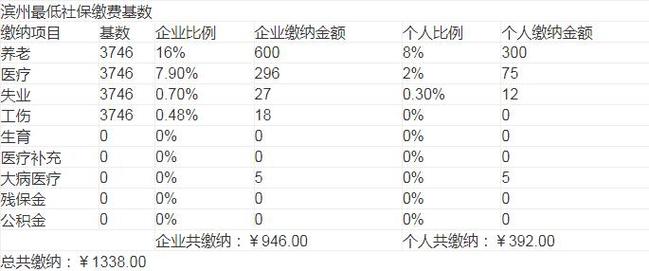我国海上保险的发展现状及问题
海上保Introduction to Maritime Insurance
Maritime insurance, often referred to as marine insurance or ocean marine insurance, plays a crucial role in the global economy by providing financial protection against risks associated with maritime activities. This form of insurance covers various aspects of shipping, including cargo, vessels, and liability, among others. Let's delve into the development and key aspects of maritime insurance.
Historical Background:
Maritime insurance has a rich history dating back centuries. Its origins can be traced to ancient civilizations such as the Phoenicians and Greeks, who developed rudimentary forms of insurance to protect against losses at sea. However, modern maritime insurance began to take shape in the late Middle Ages when European merchants formed guilds to pool resources and mitigate risks associated with longdistance trade.
Evolution and Development:
The development of maritime insurance accelerated during the Age of Exploration in the 15th and 16th centuries. As global trade expanded, so did the need for insurance coverage to protect against the perils of the sea, including shipwrecks, piracy, and natural disasters. In response to these challenges, specialized insurance markets emerged in major maritime hubs such as London, Amsterdam, and later, New York.
Key Players and Institutions:
Today, the maritime insurance industry is characterized by a diverse range of players, including insurance companies, brokers, P&I clubs (Protection and Indemnity clubs), and specialized underwriting agencies. Lloyd's of London, founded in the 17th century, remains one of the most prominent and influential insurance markets in the world, known for its expertise in underwriting complex marine risks.
Types of Coverage:
Maritime insurance provides coverage for a wide array of risks encountered in the shipping industry. Some of the key types of coverage include:
1.
Hull Insurance:
Protects the vessel itself against physical damage or loss.2.
Cargo Insurance:
Covers goods transported by sea against damage, theft, or loss during transit.3.
Liability Insurance:
Provides financial protection against legal liabilities arising from maritime operations, including pollution, collisions, and injury to crew or third parties.4.
Freight Insurance:
Covers the loss of freight revenue due to cargo damage or nondelivery.5.
War Risk Insurance:
Protects against losses resulting from acts of war, piracy, or civil unrest, which may not be covered under standard policies.Challenges and Trends:
The maritime insurance industry faces several challenges and ongoing trends, including:
1.
Cyber Risks:
The increasing digitization of maritime operations has led to emerging risks related to cyber threats, prompting insurers to develop specialized coverage for cyber risks in the maritime sector.2.
Climate Change:
Rising sea levels, extreme weather events, and other effects of climate change pose significant challenges to the maritime industry, necessitating innovative risk management and insurance solutions.3.
Regulatory Compliance:
Evolving regulatory frameworks, such as international conventions and environmental regulations, impact insurance requirements for shipowners and operators, driving changes in coverage and risk assessment.Conclusion:
In conclusion, maritime insurance plays a vital role in facilitating global trade and mitigating the risks inherent in maritime operations. From its humble origins to its modernday complexities, the evolution of maritime insurance reflects the dynamic nature of the shipping industry and the ongoing efforts to manage risks effectively. As maritime trade continues to expand and evolve, the role of insurance will remain indispensable in safeguarding the interests of stakeholders across the maritime sector.
References:
International Maritime Organization (IMO)

Lloyd's List
Marine Insurance Act 1906











